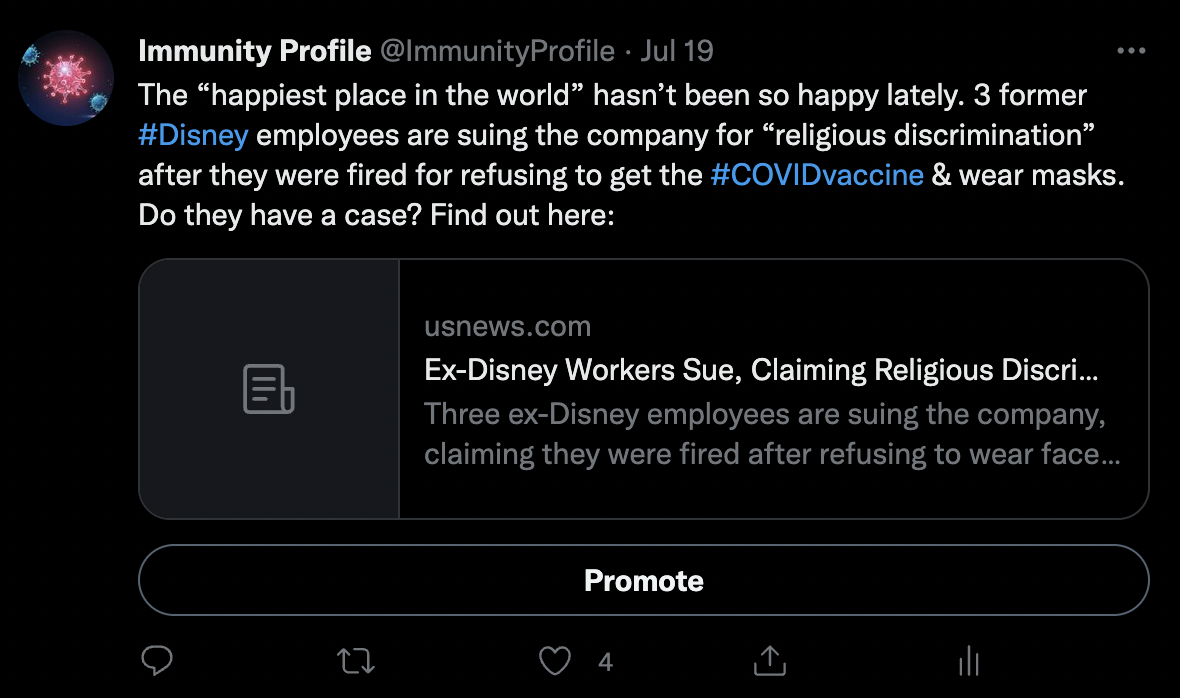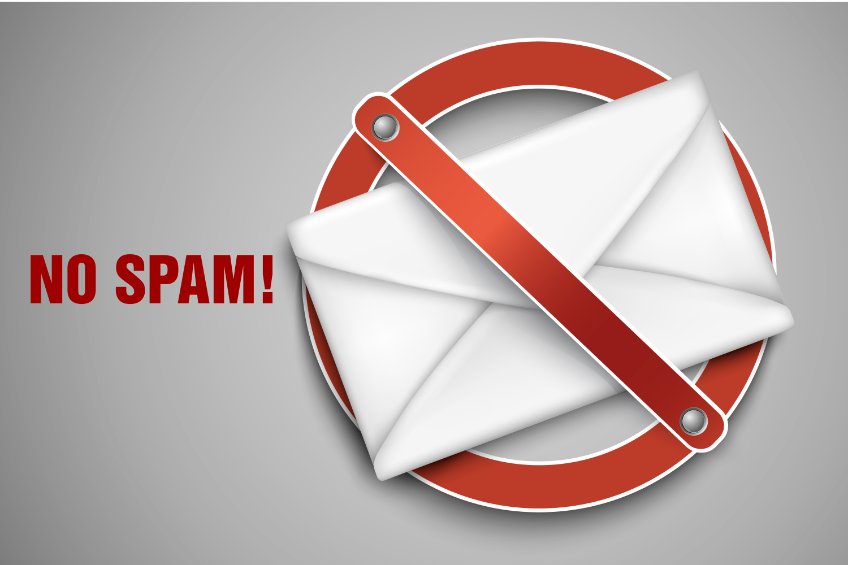Sending out mass emails can be a great way to promote your business, but if you’re not careful, you might end up getting flagged as a spammer.
If this happens, your efforts may be all for naught and a big waste of time and money.
To help you efficiently use bulk email when growing your business, we’ve created this informative guide to walk you through the process of sending emails that won’t get marked as spam.
1. Follow up
One of the most important components of successful email marketing is following up with your subscribers. This steady flow of communication is essential to helping you stand out and increasing your conversion rates.
Follow up emails after the first week or so serve as a reminder to customers who may have been too busy or gotten distracted when they saw your first email. Reaching back out can build trust and add value to the lives of your potential customers.
2. Be cautious with rich media content and avoid attachments
While visual media is the best way to grab a user’s attention on social media, in emails, it can actually harm your efforts. It’s best to assume that the majority of your subscribers won’t be able to view rich media content, or that it won’t work properly.
When this happens, your emails look sloppy and spammy–damaging your credibility. Additionally, you should avoid attachments as they are often automatically deleted by email providers or marked as spam.
3. Always include an unsubscribe option
It may seem counterintuitive, but one of the best ways to avoid being marked as spam is by giving your subscribers the option to unsubscribe.
While it sounds like you’re giving them an easy way out, it’s actually required by all SMTP mail senders and ESPs. Abiding by these regulations will help you avoid being marked as spam when users can’t find another way to leave your newsletters.
4. Make note of inactive users
An inactive user is someone who hasn’t opened or clicked on any of your emails in a long time. These users can actually increase the chances of your emails being marked as spam.
However, before removing them from your list altogether, consider launching a re-engagement campaign or sending out a survey to discover why they’ve gone silent. This will allow you to create more relevant content and help your subscribers feel like you truly care about your customers.
5. Make sure you’re using a reputable marketing/email automation tool
When it comes to email marketing, not all tools are created equal.
There are a lot of automation tools out there that will help you save time by scheduling and sending your emails for you. However, some of these platforms aren’t as reputable as others and may not follow best practices. This could come back to bite you later if you’re not careful.
To ensure you’re using a reputable tool, do your research and read online reviews before committing to anything. Once you’ve found a few good options, sign up for their free trials to get a feel for how they work and see if they fit your needs.
6. Offer plain text and HTML emails
Plain text emails are the simplest form of email and can be read by any email provider or program. HTML emails, on the other hand, are more complex and can include media like images, videos, and infographics.
While HTML emails tend to be more visually appealing, they’re not always compatible with every email provider. To avoid any potential issues, it’s best to send out both options to your subscribers. This will help you appeal to different people and establish credibility with ISPS.
7. Use a dedicated IP address
A dedicated IP address is a unique IP that’s used exclusively by your company for business or marketing emails. Transactional emails should be sent using a different IP address in the event that your IP gets flagged as spam due to mistakes in your marketing emails.
8. Make it look professional
Spam emails often have a certain look to them. This may include typos, weird characters, or flashy and inconsistent fonts and colors. Be sure to avoid these at all costs, and please, don’t use all caps in your email subject line. The last thing you want is for your subscribers to feel like you’re yelling at them.
9. Tread carefully with your subject lines
Your subject line is one of the first things people will see when they receive your email, which is why it’s important to make a good impression.
That being said, you should avoid using words like “free”, “win,” or anything that looks like clickbait. Not only are these considered red flags by most ISPs, but they’ll also annoy your subscribers and make it more likely for them to mark your emails as spam.
If you want people to open your emails, try using personalization or focusing on a specific pain point that you know your target audience has. This will help you stand out in their inbox and pique their interest enough to give your email a chance.
10. Beware of spam traps
Spam traps are email addresses that are specifically created to catch people who are buying email lists.
If you’re caught sending emails to a spam trap, it will reflect poorly on your sender reputation and could result in your IP being blacklisted. To avoid this, only send emails to people who have explicitly given you permission to contact them via their own opt-in.
11. Regularly checking analytics
Like all other metrics, you should be regularly checking your email analytics to see how many are actually being delivered. You’ll also want to take note of your open rate, bounce rate, and CTR.
12. Run a spam test before sending emails
Spam tests are services that check your email against known spam filters to see if it’s likely to be caught. This is a great way to catch any potential issues in your subject line, content, domain, or IP address before hitting send.
13. Utilize double opt-in
Double opt-in is a two-step process that requires new subscribers to confirm their email address before being added to your list.
While this may seem like an unnecessary extra step, it’s actually a great way to reduce the likelihood that you get marked as spam and ensure that only people who are interested in your content are receiving your emails.
For personalized help getting started with email marketing, schedule a free strategy call with Bizzuka. We’ll run through your current strategy and help you understand where you may be falling short.

On the other hand, if your goal is to be taken more seriously, a more formal tone like that of Immunity Profile below may be best. This will help you come across as reliable and dependable.

Your tone is incorporated into more than just your content, however. It should also be consistent across all customer interactions, whether that be in comments, messages, or other customer service exchanges.
After you've nailed down your ideal brand essence, it's time to start consistently connecting with your customers and making sure every aspect of your website and brand are cohesive. Not sure where to start? Schedule a free 45-minute strategy session with Bizzuka today!

